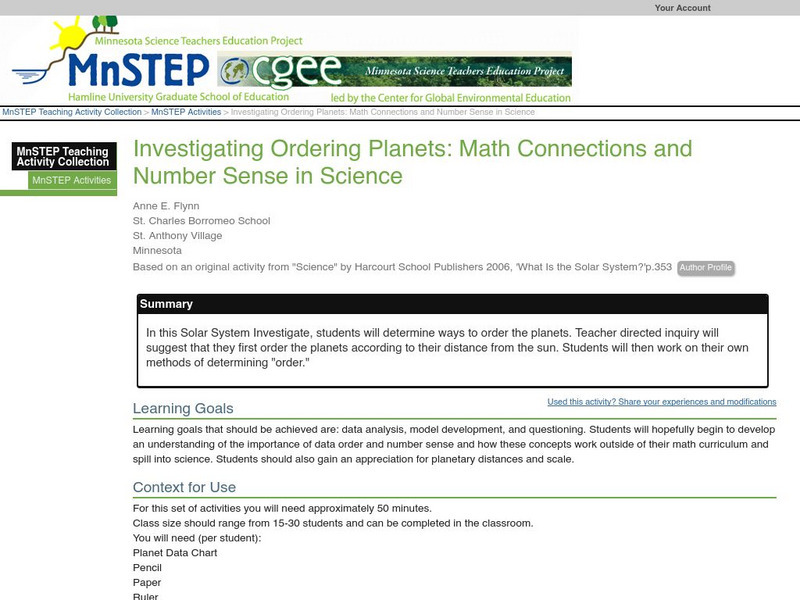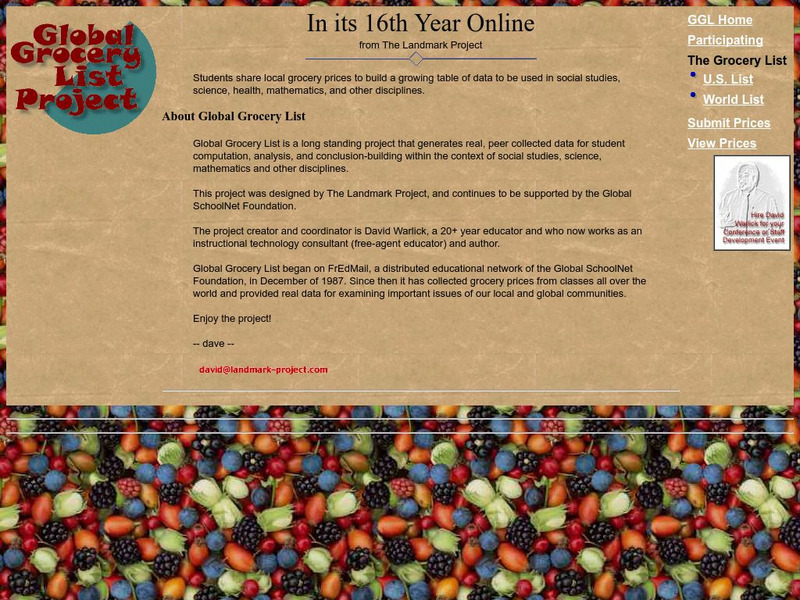Curated OER
A Day in the Life of a Leprechaun
Students investigate creative writing by reading Leprechaun stories. In this Irish culture lesson, students listen as their teacher describes what a leprechaun is and where the idea for the creature came from. Students write a fictional...
Scholastic
Scholastic Instructor: Ladybug, Ladybug
Learn more about the world's most well-known beetle, the ladybug, when you explore this resource. This resource features hands-on math and science activities focused on these fascinating little insects.
PBS
Pbs Kids Afterschool Adventure!: Operation: Martha's Stem Stories Activity Plan
Welcome to Martha's STEM Stories! STEM stands for science, technology, engineering, and mathematics. You may already know that doing STEM means testing ideas, collecting data, making calculations, and drawing graphs and charts-but you...
Other
Canadian Mathematical Society: Math Projects for Science Fairs
Online resource if you want to do a math project for your science fair. French available by going to the Homepage.
Stephen Byrne
History for Kids: Ancient Greek Science
Overview of the history of science in Greece during the Hellenistic age when Greek culture mingled with Persia and many advancements were made. Teacher resources include worksheets, activities and quizzes.
Other
Duke: Center for Inquiry Based Learning
Duke University has established the Center for Inquiry-Based Learning. It serves to enhance math and science lessons. Click on Resources for good examples of Inquiry-based lesson plans.
Scholastic
Scholastic: How Much Rain in a Rain Forest?
How can you figure out how much rain in a rain forest? This site provides an outline for a lesson plan that will answer this question. Students will have an opportunity to integrate math and science skills through this activity.
PBS
Pbs: Mathline Creature Feature Lesson Plan [Pdf]
An interdisciplinary math, science, and language arts lesson plan that engages students in an exploration of statistics. Through a study of various forest climates, students utilize data collection and analysis, classification, and...
Scholastic
Scholastic: Celebrate the 100th Day of School
This resource presents many 100th Day activity ideas. They are listed by the following subject areas: language arts, math, social studies, science and even a just for fun section.
PBS
Pbs Mathline: Bead Dazzling (Proportional Reasoning) [Pdf]
A comprehensive instructional activity on algebraic thinking where students create and identify patterns using proportional reasoning. Research based, this instructional activity includes technology connections, items for discussion, and...
Science Education Resource Center at Carleton College
Serc: Investigating Ordering Planets: Math Connections & Number Sense in Science
In this Solar System Investigate, students will determine ways to order the planets. Teacher directed inquiry will suggest that they first order the planets according to their distance from the sun. Students will then work on their own...
Math Science Nucleus
Math Science Nucleus: Maps as Tools
A series of lessons in which students learn about landforms. Includes interpreting landforms, creating landforms, and information on Angel Island.
PE Central
Pe Central: Pe Lesson Ideas: Aerobic Frisbee Golf
The physical activity described at this website combines cardiovascular fitness exercises (frisbee, push-ups, jumping jacks) and academic subjects math and science.
Children's Discovery Museum
Children's Discovery Museum of San Jose: Bubble Domes
Try making your own bubbles at home, helping with learning about math and science.
SEDL
Sedl: Five Senses
Elementary students will gain great insight into the workings of our five senses through this collection of detailed, integrated lesson plans for grades K-3. Each lesson contains a list of needed materials, hands-on explorations...
Alabama Learning Exchange
Alex: Those Cells Look Good Enough to Eat.
This is a student led activity utilizing visualization and association to memorize the parts of animal and plant cells. Young scholars will work cooperatively to develop drawings to connect the parts of cells to one of their favorite...
Alabama Learning Exchange
Alex: Light, Dry and Nutritious a Look at Dehydrated Food
This is a hands-on, inquiry-based activity that involves study and exploration of dehydration and dehydrated foods. Students are actively involved in using math and science skills.
Alabama Learning Exchange
Alex: I'm So Crushed
In this activity, students will have an opportunity to solve a mystery. They will discover why a soda can collapses during a demonstration due to the effects of changes in temperature and atmospheric pressure. Students will gain further...
Alabama Learning Exchange
Alex: Are Your Numbers Round?
Students will use a variety of activities and games to learn how to round numbers.This lesson plan was created as a result of the Girls Engaged in Math and Science, GEMS Project funded by the Malone Family Foundation.
Alabama Learning Exchange
Alex: Effects of Friction on a Moving Block
Students will move a 2 X 4 inch block with a hook attached across different surface areas. Students will discover how the friction created by these surface areas affect the movement of the block. Students will begin the activity by...
Alabama Learning Exchange
Alex: What's Your Classification?
After completing this activity, the students will understand that scientists group animals into categories. Students will understand that scientists use specific characteristics to group animals. They will also extend their knowledge of...
Alabama Learning Exchange
Alex: Coordinate Geometry
Students will participate in several activities that will build their knowledge of coordinates graphing. Students will use ordered pairs to locate points on a grid. Students will also relate coordinate graphing to the real world through...
Alabama Learning Exchange
Alex: How Clouds Form
Cloud formation results when warm, humid air rises and cools, causing the water vapor in the air to condense and form clouds. For this lesson, students will conduct an activity that demonstrates how this occurs.This lesson plan was...
Other
Global Grocery List Project: Homepage
At this site from the Global Grocery List Project, students collect data on the prices of common grocery items and submit their findings. They can then compare the data they collected to data from students around the world. There are...




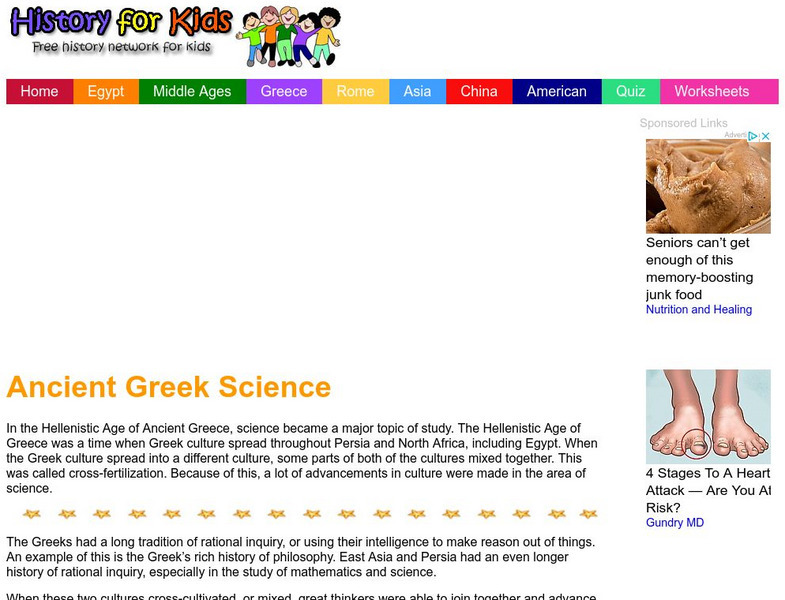
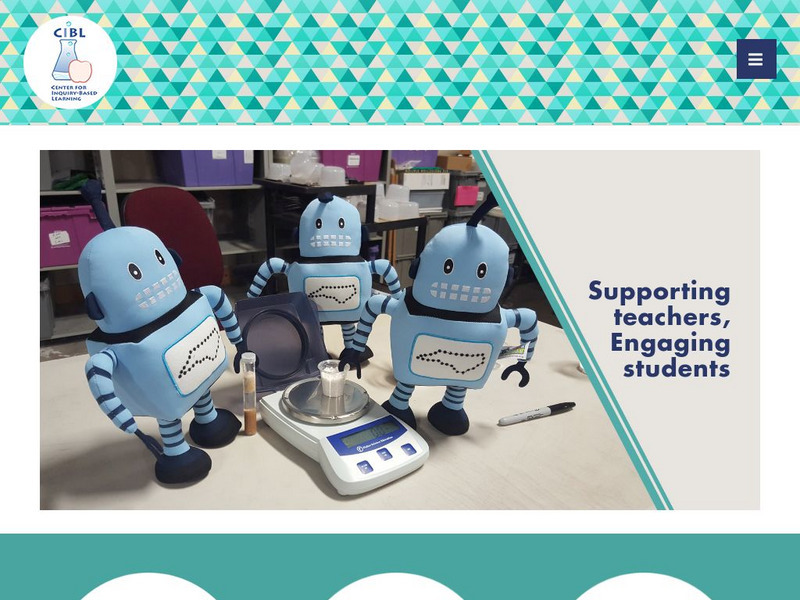

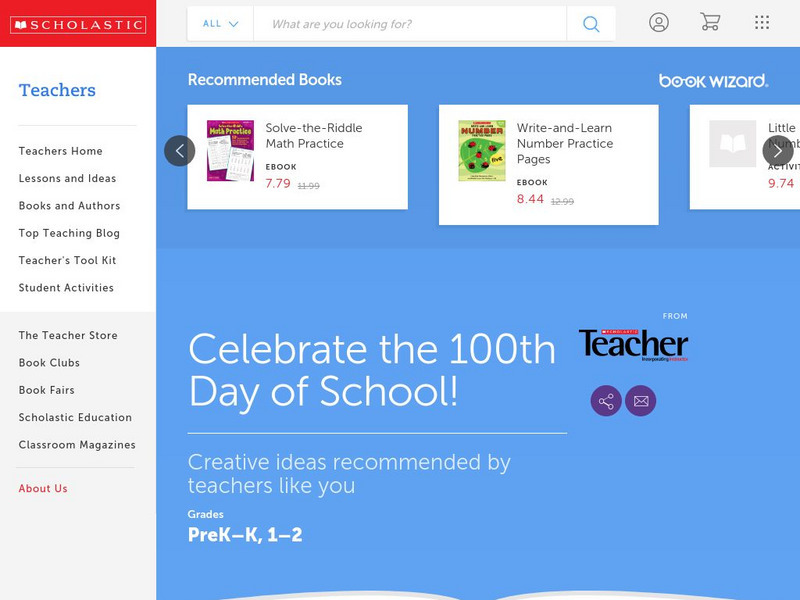
![Pbs Mathline: Bead Dazzling (Proportional Reasoning) [Pdf] Lesson Plan Pbs Mathline: Bead Dazzling (Proportional Reasoning) [Pdf] Lesson Plan](https://content.lessonplanet.com/knovation/original/114246-c0ff81bc865fdf767397fcd7c31f2652.jpg?1661409083)
